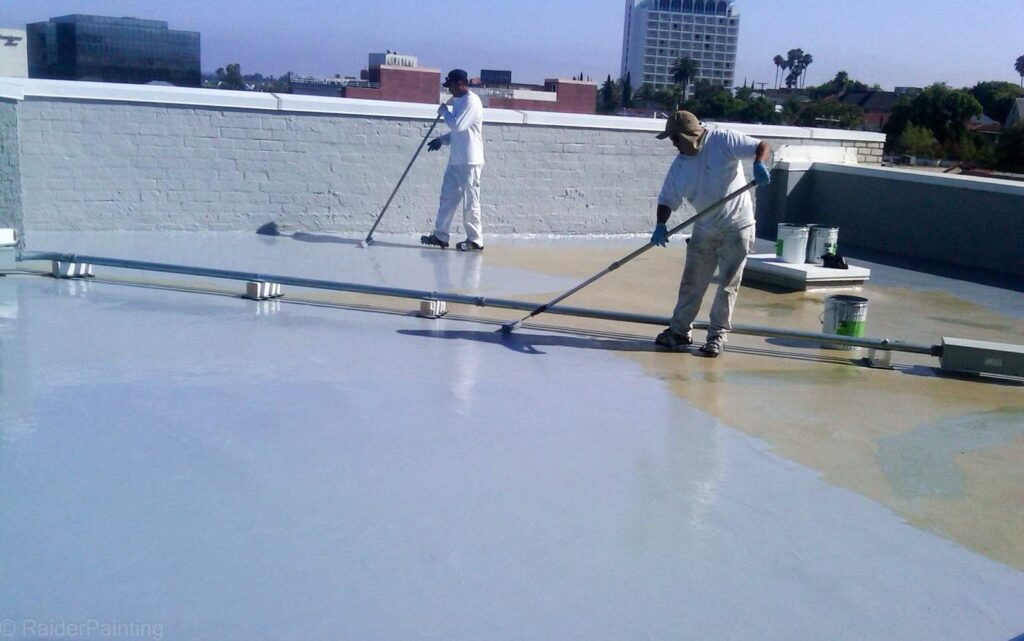
As India’s USD 3.5 trillion economy navigates rapid urbanization and intensifying climate challenges, waterproofing solutions are emerging as a cornerstone of resilient urban infrastructure.
With the global waterproofing market projected to grow from USD 36.5 billion in 2024 to USD 53.2 billion by 2032 at a 4.8% CAGR, per a 2025 Fortune Business Insights report, India’s ₹10,000 crore construction chemicals sector is leveraging innovative coatings, membranes, and additives to ensure durability, safety, and cost efficiency.
However, regulatory gaps and skill shortages threaten MSMEs’ ability to scale a USD 3 billion domestic waterproofing market by 2030.
Waterproofing solutions, encompassing specialized construction chemicals and materials like polyurethane coatings, EPDM membranes, and concrete additives, prevent water penetration, safeguarding structures from damage caused by extreme weather, pollution, and mechanical wear, per a 2024 Mordor Intelligence report.
These solutions are critical for basements, terraces, toilets, water tanks, and podiums, especially as urban India faces a 30% rise in extreme weather events since 2015, per a 2025 India Meteorological Department report. Waterproofing extends building lifespans by 20–25%, reducing maintenance costs by 15%, per a 2024 CII report.
Emerging trends are reshaping urban infrastructure. Liquid-applied membranes, offering seamless application, grew 12% in demand in 2024. Green waterproofing solutions, like bio-based polymers, align with India’s push for sustainable construction under PM Gati Shakti, cutting logistics costs by 20%, per a 2024 CII report. Smart coatings with self-healing properties, pioneered by Sika India, enhance durability, per a 2025 ET Construction report.
The ₹50,000 crore PLI scheme supports MSMEs, which supply 40% of waterproofing materials, while ONDC boosts market access by 25%, per a 2024 SIDBI report.
India’s waterproofing industry, led by players like Pidilite Industries (Dr. Fixit), Asian Paints (SmartCare), STP Ltd., CICO Technologies, and Sika India, meets 70–80% of domestic demand, reducing import reliance from 30% in 2020 to 20% in 2025, per a 2024 UNCTAD report.
Imports of high-performance materials like EPDM membranes and elastomers, primarily from China, Germany, UAE, and the US, persist due to quality gaps, per a 2025 Business Standard report. The sector supports over 500,000 jobs in R&D, production, and application, per a 2024 Nasscom report.
No dedicated national authority oversees waterproofing, but the Bureau of Indian Standards (BIS), Urban Local Bodies (ULBs), RERA, and the Ministry of Housing & Urban Affairs (MoHUA) share responsibilities, per a 2024 MoHUA report. While specific subsidies are absent, manufacturers benefit from GST input credits, PLI R&D incentives, and state-level eco-friendly production subsidies, per a 2025 Economic Times report. The industry boosts investor ROI, enhances builder reputations with fewer complaints, and fosters public trust through safer, energy-efficient buildings, per a 2024 SIDBI report.
Challenges remain. Regulatory approvals for new materials take 4–6 years versus China’s 2, delaying innovation, per a 2024 Nasscom report. MSMEs face ₹1–2 lakh monthly compliance costs, limiting scalability.
Power inconsistencies disrupt 20% of production units. Only 5% of Skill India’s 2 million trained workers are proficient in waterproofing tech, and ONDC adoption lags at 15% among MSMEs, per a 2024 Nasscom report.
Experts propose solutions: Technology Upgradation Scheme subsidies, expanded Skill India training, 5G and power reliability via PM Gati Shakti, and IIT-led R&D partnerships, per a 2025 Hindustan Times report. CII campaigns can drive ONDC adoption and awareness.
Waterproofing solutions are vital for India’s resilient urban future. Overcoming regulatory, skill, and infrastructure barriers will solidify their role in a Viksit Bharat by 2030.
